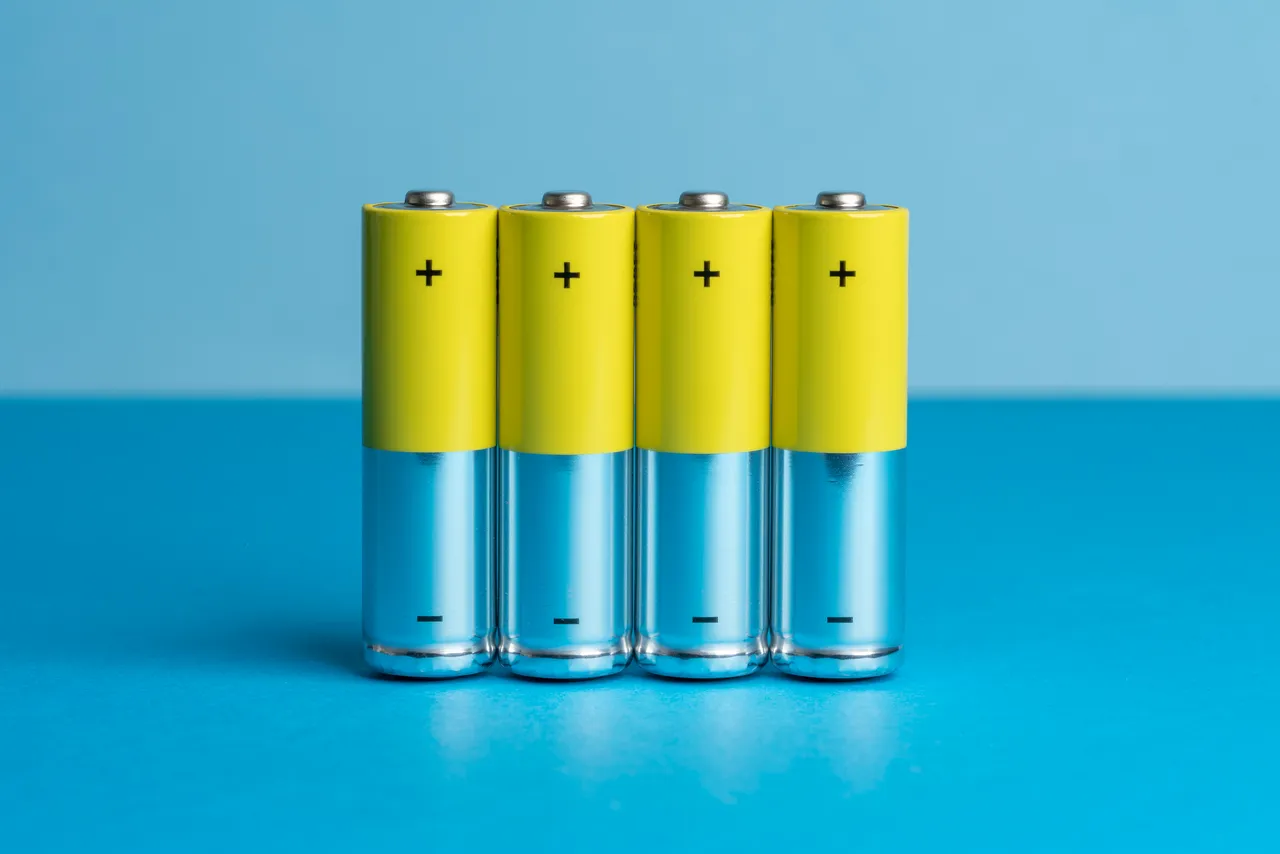
More and more devices now come kitted out with rechargeable lithium-ion batteries — you know, the ones that look like the old-style AA or C cell batteries, but are a slightly different size. The most common size is the now ubiquitous 18650, but there are loads of other sizes in use too, such as the 14500, 16340, and 26650.
These batteries are incredibly safe if treated properly, especially when you consider how much power they contain, and can last for many years and hundreds of discharge cycles before needing to be replaced.
Despite being so reliable, things can go wrong with these batteries. One of the most common issues is that they can become so discharged that they refuse to charge altogether. While these batteries appear dead, a little gentle persuasion can often bring them back to life.
Notice that I said “gentle persuasion.”
Modern lithium-ion batteries hold an incredible amount of power, and if this power is unleashed in an unplanned way — say by damaging the battery or short-circuiting it — then this can cause explosions, fires, injury, or even death.
Despite these real risks, I’ve come across countless videos and blog posts that encourage people to do absurdly dangerous and unspeakable things to lithium batteries. There’s only way I recommend to resuscitate these batteries: use a basic USB charger.
